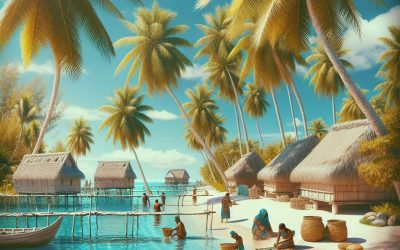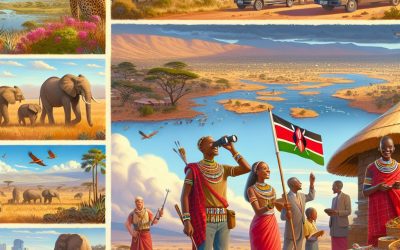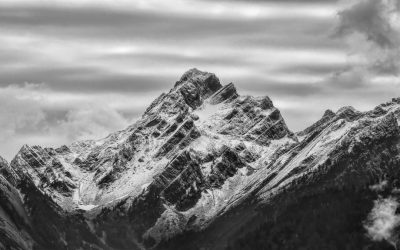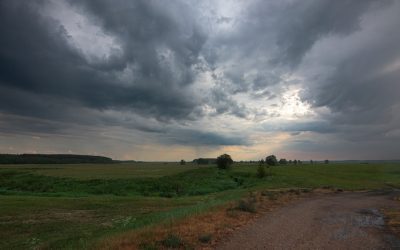Population Density of Kiribati
Kiribati, officially the Republic of Kiribati, is a small island nation situated in the central Pacific Ocean. Comprising 33 atolls and reef islands, Kiribati spans a vast area of the Pacific, rendering it one of the largest countries in terms of exclusive economic...
Kiribati
Kiribati (Republic of Kiribati) Capital: Tarawa Population (Estimated July 2012): 101,998 Area: 811km2 or 313mi2 Currency: Australian Dollar ($A) Official Language: English Political Information: Parliamentary Republic Official Religion: No Official...
Political Boundaries of Kenya: Provinces, Districts, or Historical Boundaries.
Kenya, a nation situated in East Africa, is renowned for its varied landscapes, wildlife and rich cultural heritage. The political boundaries of Kenya play a vital role in shaping the country’s governance, development and identity. These boundaries delineate the...
Climate Zones Of Kenya: Different climate regions Of Kenya
Kenya, situated in East Africa, is renowned for its varied landscapes and abundant wildlife. The nation is partitioned into several distinct climatic zones, each possessing unique characteristics and meteorological patterns. These climatic zones play a crucial role in...
History of Kenya
Kenya boasts a rich and diverse history dating back to prehistoric times. The region now known as Kenya has been inhabited by various indigenous communities for millennia. The earliest evidence of human habitation in Kenya dates to the Lower Palaeolithic period,...
Natural Resources of Kenya: Where Natural Resources are located In Kenya
Kenya boasts a diverse array of natural resources that are integral to its economy and the well-being of its citizens. The country’s assets include fertile agricultural land, mineral deposits, plentiful water resources, potential for renewable energy, and a...
Cultural or Historical Sites of Kenya: Important Cultural Landmarks or Historical Sites in Kenya
Kenya boasts a rich cultural and historical heritage, encompassing a diverse array of sites that provide insight into the nation’s past. From ancient ruins to colonial fortifications, Kenya‘s cultural and historical landmarks serve as a testament to the...
Population Density of Kenya
Population density refers to the number of people living per square kilometre in a given area. In Kenya, population density varies significantly across different regions, with some areas being densely populated whilst others are sparsely populated. The country’s...
Kenya
Kenya (Jamhuri ya Kenya (Swahili); Republic of Kenya (English)) Capital: Nairobi Population (Estimated July 2012): 43,013,341 Area: 582,646 km2 or 224,961 mi2 Currency: Kenyan Shilling (KSh) Official Language: Swahili; English Political Information: Semi-Presidential...
Terrain and Topography of Kazakhstan: mountains, valleys, and plains.
Kazakhstan, the ninth largest country in the world, is situated in Central Asia and is renowned for its diverse terrain and topography. The nation shares borders with Russia to the north, China to the east, Kyrgyzstan, Uzbekistan, and Turkmenistan to the south, and...
Climate Zones of Kazakhstan: Different climate regions Of Kazakhstan
Kazakhstan, the ninth largest country in the world, is situated in Central Asia and is characterised by diverse climate zones. The nation’s expansive territory extends from the Caspian Sea in the west to the Altai Mountains in the east, and from the Siberian...
Political Boundaries of Kazakhstan: Provinces, Districts, or Historical Boundaries.
Kazakhstan, the largest landlocked country in the world, is situated in Central Asia. It shares borders with Russia to the north, China to the east, Kyrgyzstan, Uzbekistan, and Turkmenistan to the south, and the Caspian Sea to the west. The country is administratively...











